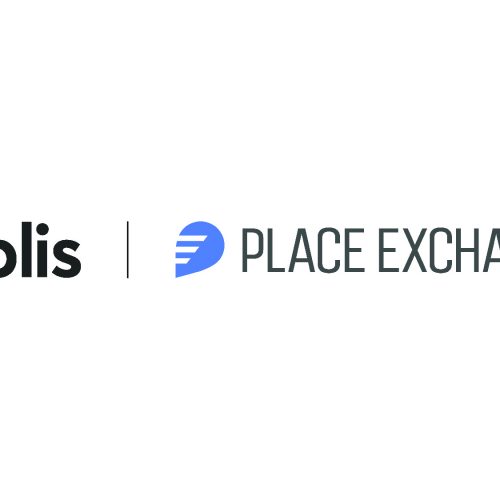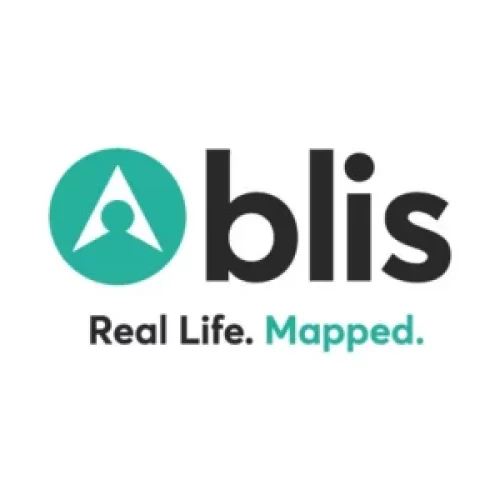Has Australia reached the perfect scale to be a test bed for media agency innovation? Simon Canning looks at how some companies are trialling world first concepts in markets open to innovation.
The launch of a media agency “self serve platform” by marketing tech company Blis has proven the region is the best place to use as a media agency test bed for ad tech concepts the President of Blis has declared.
Harry Dewhirst, the President of UK-based location martech company Blis, says Australia is proving the perfect testbed for media innovation, with the company using its local operations to beta test its platform with local agencies ahead of a global roll-out.
Dewhirst’s view has been backed by head of IPG Mediabrands in the region, Leigh Terry, who says the Australian operations of IPG are increasingly seen as an innovation hub for the network, while Omnicom has been used as the test bed for its latest launch.
The co-founder of adtech firm Amobee before it was acquired by Singtel in 2012, Dewhirst says that the manner in which mobile technologies are evolving was rapidly changing the way in which advertisers were engaging with consumers and the need for companies to be able to experiment at scale was growing.
In recent months the company has been trialling its “Blis Self Serve” location enabled demand side platform self-serve stack in Australia with Omnicom and earlier in the year introduced its Futures product which predicts the likelihood of a store visit based on previous location behaviours and can then tailor ad delivery to tie in with expected consumer behaviour.
He says the shift from tech such as wifi and bluetooth to beacons and apps was reflective of the change and adoption in Australian markets made it the perfect environment to test strategies and new innovations.
“The scale of the information we have has also dramatically changed,” Dewhirst says.
“At the beginning there might be a few hundred devices on Sydney ferries or on railway stations in the UK which is our two primary sources of location information in the UK and Australia, now it’s 800 million plus daily devices and north of two billion location events each day, so the scale has obviously ballooned.”.
He says Australia is now the company’s second largest market globally out of 17 markets it operates in, giving a market of scale to test in.
Dewhirst says despite the business being based in the UK, Australia was seen as the best place to test and launch new products.
“We as a business decided that we wanted to actually launch one of our products first and foremost in Australia before we launched in other markets.”
“It really does make a great market for having a play and having an experiment because the insights you can get are super valuable, it’s still sizeable enough to be a real business and in a doomsday scenario if it all goes wrong , it’s far enough removed for it to be considered a bold effort but unfortunately no cigar.
“Fortunately for us we’ve not had a failure but we have learned a lot.”
He highlights the attraction of Australia to overseas workers meant the country “over-indexed” on talent with people coming from advanced markets to work here.
“The result of that is the market is more savvy than it would be otherwise,” he says.
“A result is all the agencies are upskilled as a result of that. And as a result of that knowledge we get very, very comprehensive feedback.”
Dewhirst uses the example of the trial of Futures where the technology predicted the likelihood of a store visit and then charged advertisers on the basis of a cost per visit.
“Now we are only charging customers when we can measure that visitation,” he says.
IPG Mediabrands APAC CEO, Leigh Terry, says Australia benefits from the “Goldilocks factor” where the market was seen as “just right” to exploit as a base for experimentation.
“I would potentially break this down into 4 key areas,” Terry says.
“Attitude: national psyche is very much ‘can-do’. Appetite: wants to compete on a world-stage and showcase talent and capability. Talent: increasing investment in talent at school, university and in the commercial sector. And scale: the Goldilocks factor – big enough, small enough…just right.”
IPG Mediabrands has used Australia as a testbed for a number of emerging advertising technologies.
‘The definition of what we do as a business is constantly changing,” Terry says.
“Whilst media planning and buying is a core capability, much of the innovation that’s created and tested in Australia is around the areas of consulting, business process reengineering through technology and product creation rather than ‘renting media space’. These are proprietary platforms that we have created and are extending out beyond these shores.”
Examples include the development of the Digital Experience Audit by IPG division Reprise analysing consumer digital experience, the life-saving INCSnap app for Queensland fire and emergency services which allows emergency service workers to become publishers and share information with news outlets during disasters such as floods and cyclones.
However, Terry warns that experimentation needs to be wedded to a strong business case.
“The necessity for innovating rather than simply talking about it is a mindset shift that is happening slowly,” Terry says.
“Investment in ‘new’ rather than waiting, is going to be a big differentiator in customer experience and therefore business success. Many CEO and CMOs know this, but there is still a universal challenge that appetite needs to be met with funding; and funding needs to be built around business cases rather than flights of fancy for the sake of novelty.”
Click here to view the original article.


